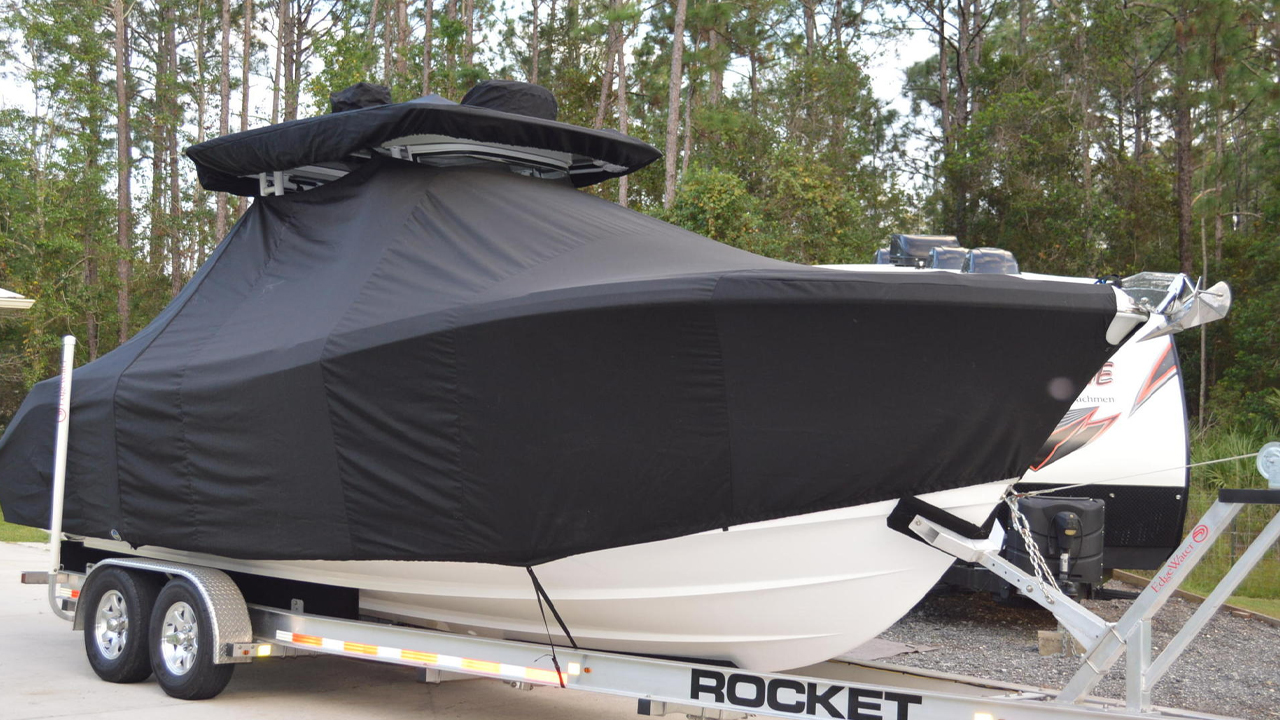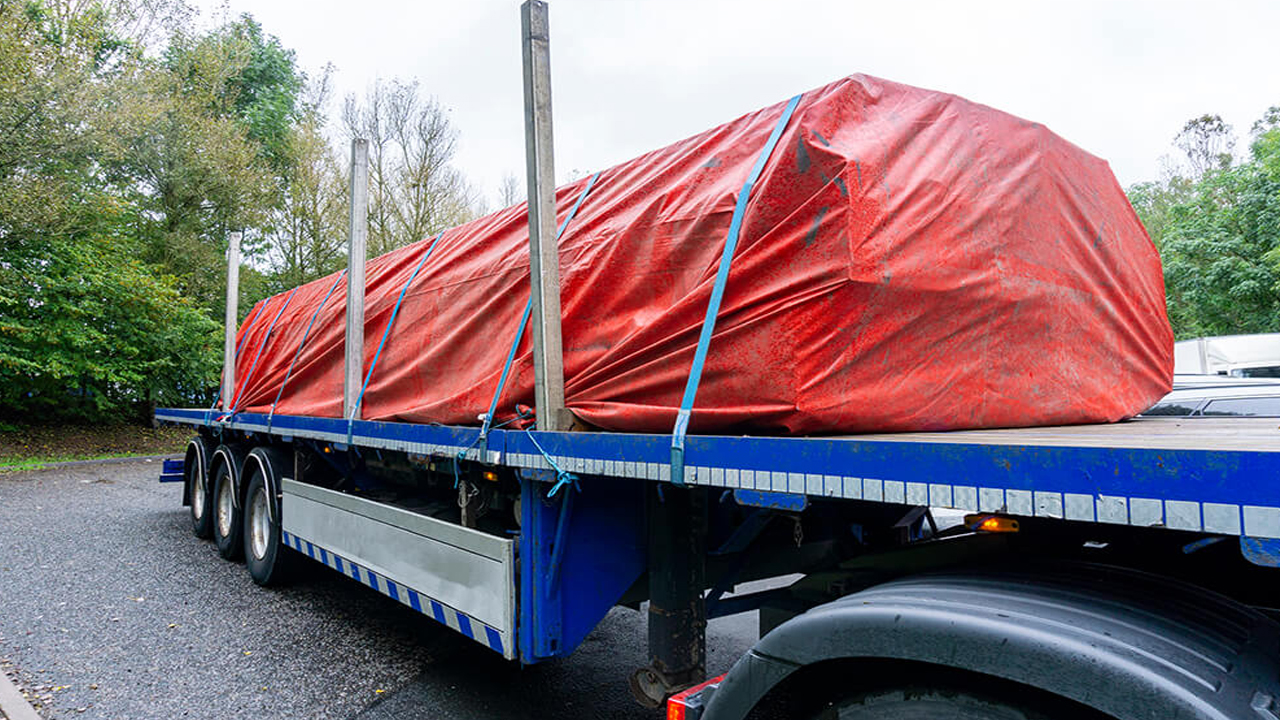
In various industries and everyday life, tarpaulins play a crucial role in protecting goods and surfaces from weather damage and dust. In UAE, tarpaulin manufacturers and suppliers provide essential solutions for covering and safeguarding materials. However, ensuring tarpaulin safety requires careful handling and storage practices. Properly handling and storing tarpaulin sheets prevent damage and maintain their effectiveness over time. By following best practices and safety precautions, individuals and businesses can maximize the lifespan of their tarpaulins and ensure reliable protection for their assets.
Safety Guidelines for Handling and Storing Tarps

Proper Handling:
- •Always lift and carry tarpaulins with care to avoid tearing or damaging the material.
- •Use gloves to protect your hands from sharp edges or rough surfaces.
- •Avoid dragging tarpaulins across the ground, as it can cause abrasions and weaken the fabric.
Secure Storage:
- •Store tarpaulins in a dry, cool, and well-ventilated area to prevent mold or mildew growth.
- •Keep them away from direct sunlight and extreme temperatures to maintain their integrity.
- •Use proper racks or shelves to store tarpaulins neatly and prevent them from becoming tangled or damaged.
Regular Inspections:
- •Periodically inspect stored tarpaulins for any signs of damage, such as tears, holes, or fraying edges.
- •Repair or replace damaged tarps promptly to ensure they remain effective and safe to use.
Proper Folding:
- •Fold tarpaulins carefully along their seams to avoid creasing or wrinkling that could weaken the material.
- •Store folded tarps flat or rolled up neatly to prevent unnecessary stress on the fabric.
Labeling and Organization:
- •Label each tarpaulin with relevant information, such as size, material, and intended use, to facilitate easy identification.
- •Organize tarps by size or type to streamline retrieval and minimize handling during storage.
How to Avoid Accidents and Damage

Safety Precautions:
- Implement safety protocols to minimize the risk of accidents when handling tarps, such as wearing appropriate protective gear and using caution around heavy equipment.
- Train personnel on proper tarp handling techniques to prevent injuries and ensure safe practices in the workplace.
Proper Storage:
- •Store tarps away from high-traffic areas and potential hazards to reduce the likelihood of accidental damage.
- •Keep tarps secured in designated storage areas to prevent them from being knocked over or damaged by other objects.
Regular Maintenance:
- •Inspect tarps regularly for signs of wear and tear, such as fraying edges or weakened seams, and repair any damage promptly.
- •Replace damaged or compromised tarps to maintain safety standards and prevent accidents during use.
Clear Communication:
- • Clearly communicate safety procedures and guidelines to all personnel involved in tarp handling to ensure everyone understands their responsibilities.
- • Encourage open communication and reporting of any safety concerns or hazards related to tarp use or storage.
Risk Assessment:
- • Conduct risk assessments to identify potential hazards associated with tarp handling and storage, and take proactive measures to mitigate risks.
- • Regularly review and update safety procedures based on feedback, incidents, or changes in working conditions.
Conclusion
In conclusion, prioritizing safety measures and proper handling techniques is crucial when dealing with tarps. By following safety guidelines and implementing best practices, such as wearing protective gear, storing tarps securely, and conducting regular maintenance checks, the risk of accidents and damage can be significantly reduced. Clear communication, regular risk assessments, and ongoing training are essential for maintaining a safe work environment. Ultimately, these efforts not only protect individuals from harm but also contribute to the overall efficiency and productivity of tarp-related tasks. Emphasizing safety ensures that everyone can work confidently and effectively with tarps in various settings. Read more in our next blog: How to Properly Install and Secure Tarpaulins.
